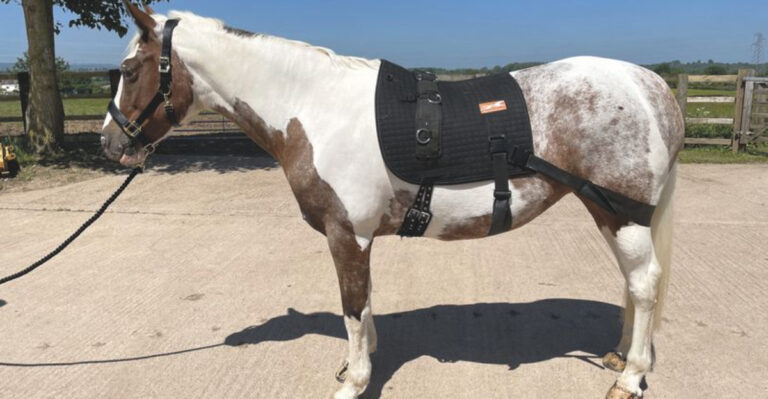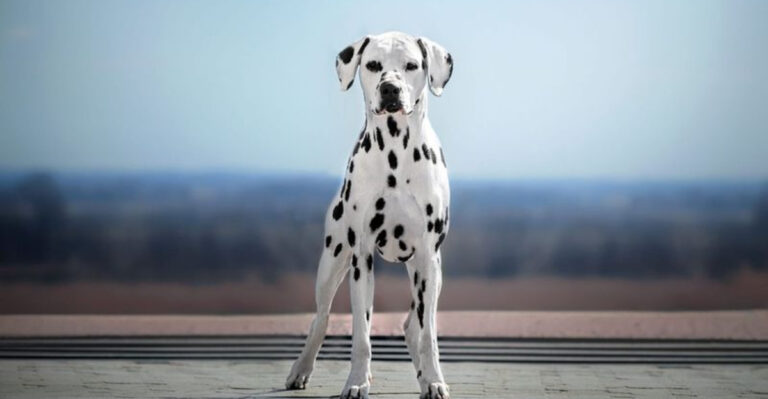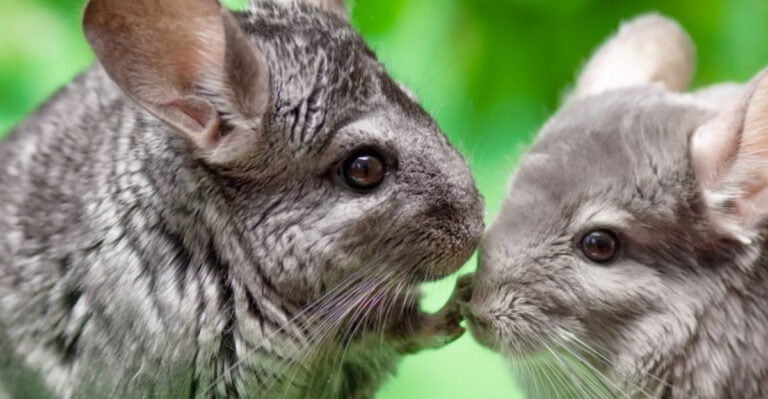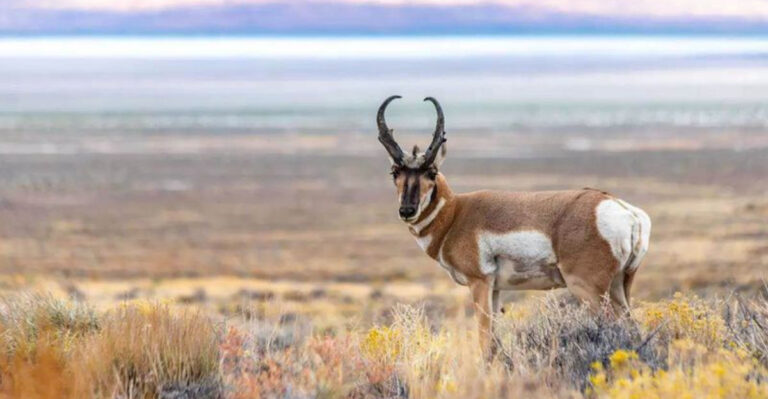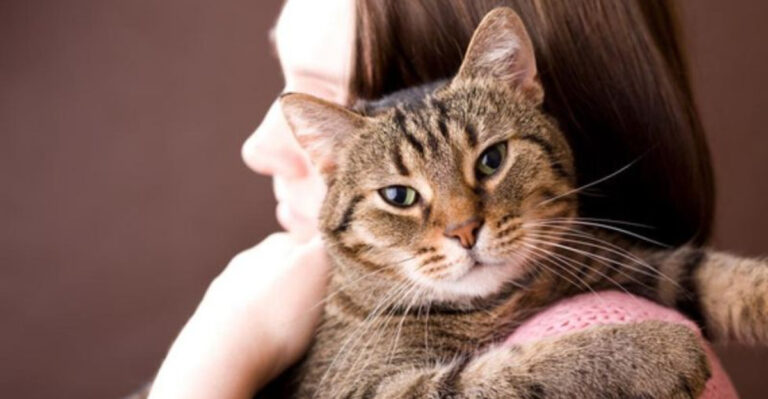Should We Still Be Riding Horses?
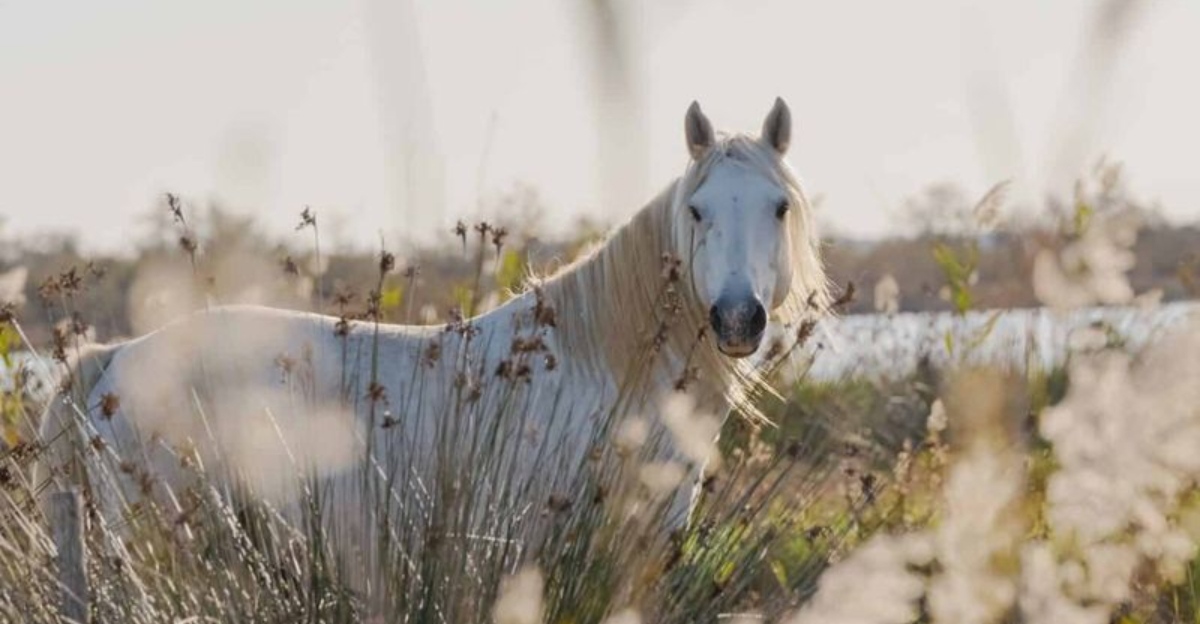
Horses have carried humans for thousands of years, forming partnerships that shaped civilizations. But as our understanding of animal welfare evolves, many are questioning whether riding horses remains ethical.
From physical impacts to emotional considerations, this age-old practice now faces modern scrutiny.
1. Pain Often Goes Unnoticed
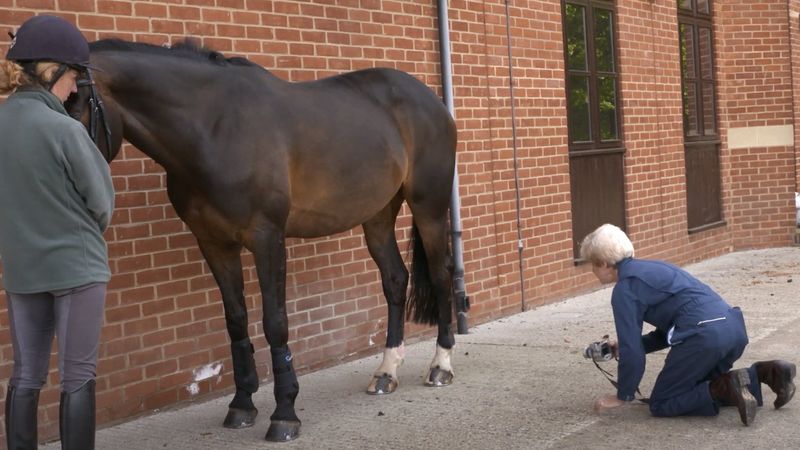
Horses naturally hide discomfort as prey animals—it’s their survival instinct. Many continue working despite significant pain, especially under saddle pressure points.
Veterinary studies reveal subtle signs we frequently miss: tightened facial muscles, changed breathing patterns, and altered movement. Domesticated horses have learned that showing pain rarely brings relief.
2. Behavioral Problems Have Root Causes
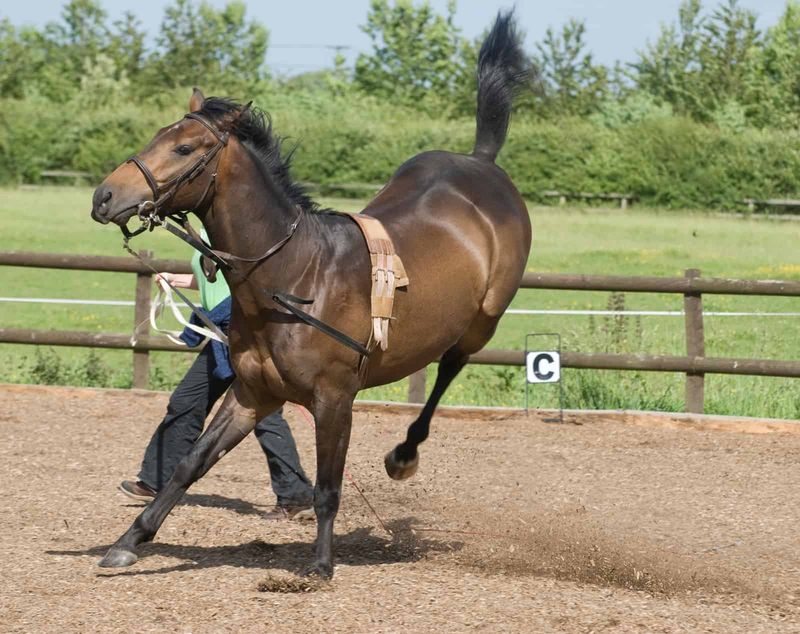
The “difficult” horse might actually be hurting. Studies link so-called bad behaviors—rearing, refusing jumps, or becoming barn sour—directly to physical discomfort.
Modern equine specialists now investigate medical issues before blaming personality. Back pain, dental problems, and ill-fitting equipment cause reactions once labeled as stubbornness or defiance. Their communication deserves our attention.
3. Emotions Matter More Than We Knew
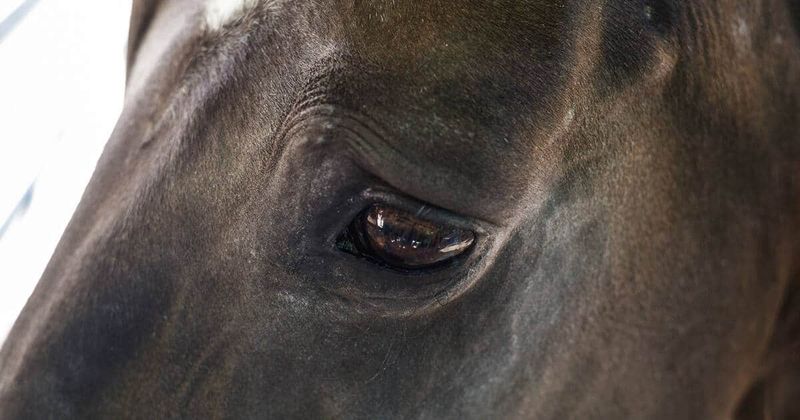
Horses experience complex emotions beyond what we’ve historically acknowledged. Research shows they form deep social bonds, suffer grief, and develop specific likes and dislikes.
When forced into unnatural situations, they experience genuine stress and anxiety. Labeling a resistant mare as “moody” often dismisses legitimate emotional responses. Their psychological well-being deserves the same consideration as their physical health.
4. Training Methods Are Evolving Rapidly
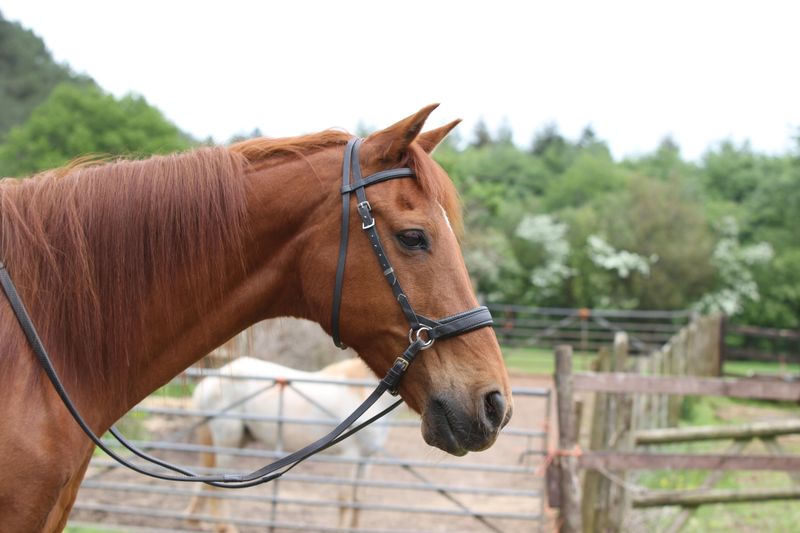
Traditional horse training relied heavily on pressure, control, and sometimes force. Modern approaches now emphasize cooperation and communication instead.
Positive reinforcement training—rewarding desired behaviors rather than punishing unwanted ones—produces calmer, more willing partnerships. Many trainers have abandoned bits, spurs, and whips entirely, finding gentler methods more effective. The relationship improves when trust replaces fear.
5. Natural Instincts Conflict With Riding Demands
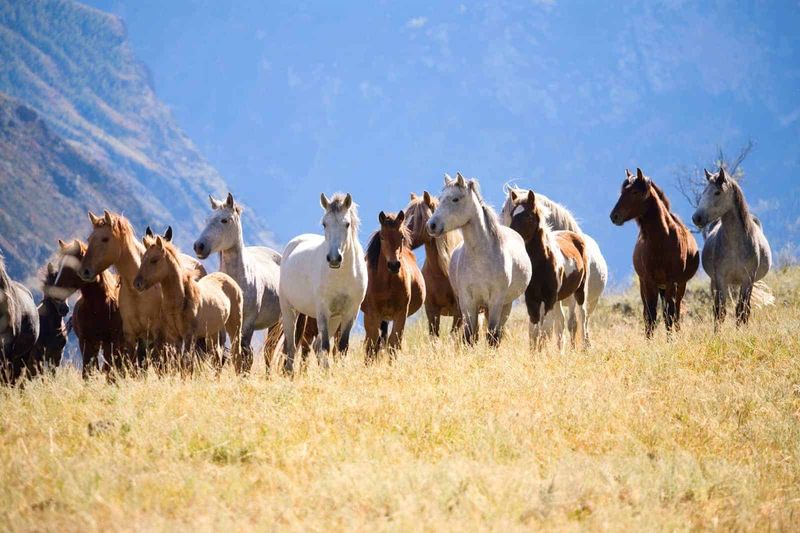
Horses evolved as roaming herd animals, designed to move constantly and flee from danger. Riding fundamentally contradicts these instincts by restricting movement and requiring them to approach frightening situations.
Even well-trained horses experience internal conflict when asked to override their self-preservation instincts. Their nervous systems remain wired for freedom and flight, regardless of training level. This creates underlying tension during riding activities.
6. Competitive Sports Push Physical Limits
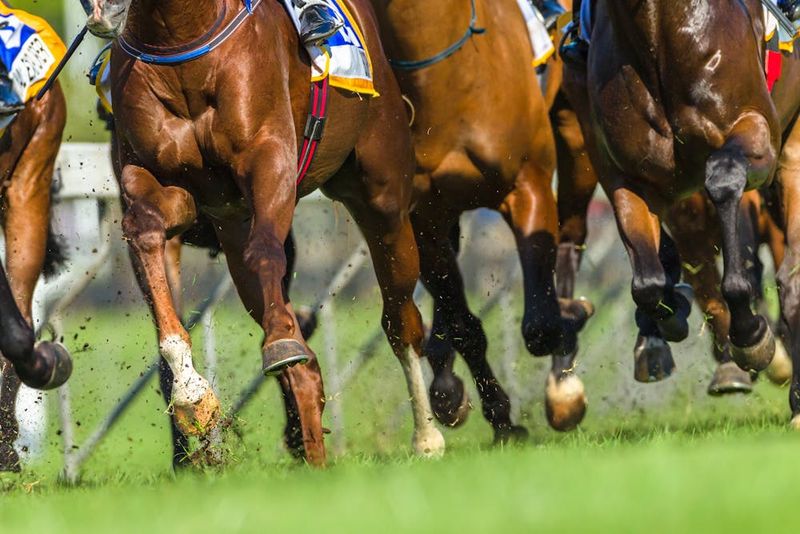
High-level equestrian sports demand extreme physical feats from horses. Dressage horses perform unnatural movements that compress spinal joints. Jumpers face tremendous impact forces on delicate legs.
Racing pushes young, underdeveloped bodies to maximum speed. Studies reveal concerning rates of exercise-induced pulmonary hemorrhage and joint deterioration across disciplines. The pursuit of ribbons and trophies often comes with hidden physical costs to equine athletes.
7. Social Media Exposes Concerning Practices
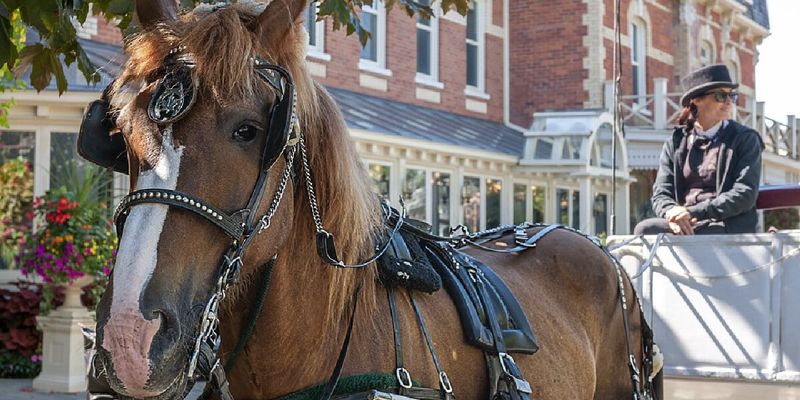
Smartphones have transformed accountability in equestrian worlds. Practices once hidden in training barns now appear on social media platforms, sparking public outrage and calls for reform.
Viral videos of exhausted racehorses or heavy-handed riding techniques raise awareness about welfare concerns. This transparency has accelerated rule changes in major competitions. The camera lens has become an unexpected advocate for horses who cannot speak for themselves.
8. Welfare Standards Need Updating
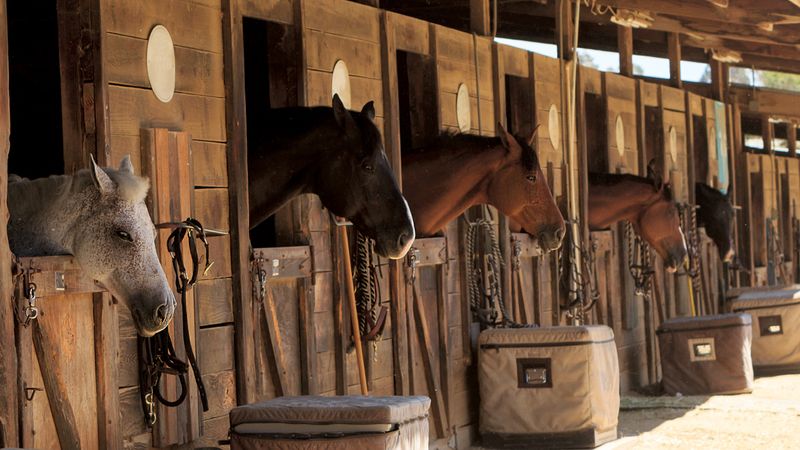
Basic equine welfare standards haven’t kept pace with our scientific understanding. Many horses still live in small stalls with minimal turnout—conditions linked to physical and psychological problems.
Forward-thinking facilities now prioritize social interaction, free movement, and environmental enrichment. The gap between minimum legal requirements and optimal care remains substantial. Horses deserve living conditions that meet their fundamental biological and emotional needs.
9. Working Horses Face Stressful Environments

Police horses confront situations that would terrify any prey animal: loud crowds, explosions, and direct confrontation. Carriage horses navigate busy traffic and inhale exhaust fumes daily.
Parade horses endure overwhelming sensory experiences far removed from natural environments. While these animals often receive excellent care, the fundamental question remains whether exposing them to such unnatural stressors serves their best interests. Their service comes with significant psychological costs.
10. Racing Industry Faces Ethical Challenges
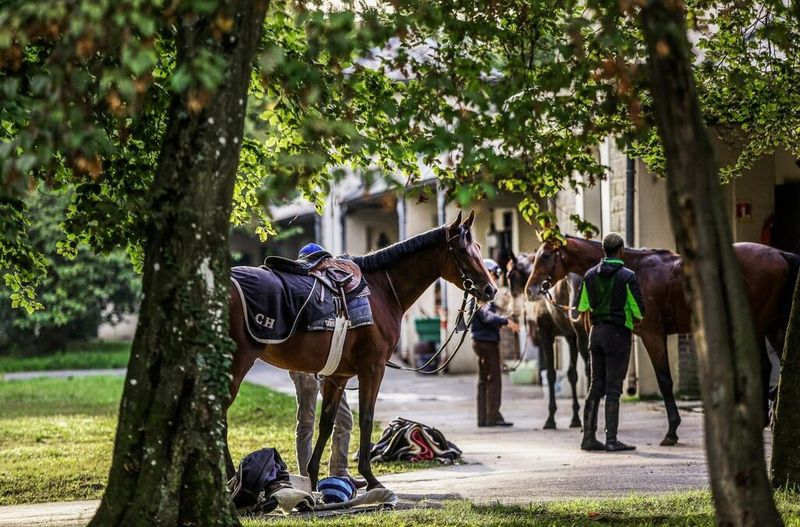
Behind racing’s glamorous facade lies troubling statistics. Horses begin training before their skeletal systems mature, racing as young as two years old—equivalent to elementary school children competing professionally.
Many suffer catastrophic breakdowns on tracks worldwide. For every celebrated champion, countless others face early retirement due to injuries or insufficient speed. The industry struggles to balance tradition, entertainment, and genuine welfare concerns for the animals central to its existence.
11. Retirement Options Remain Limited
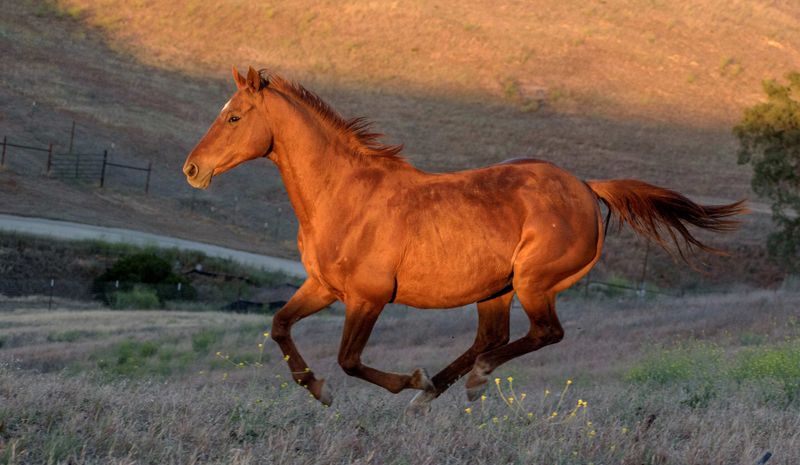
Most horses live potentially 30+ years, yet competitive careers typically end by age 15. What happens afterward varies dramatically based on luck and connections.
Some find forever homes with dedicated caretakers. Others face uncertain futures through auctions and sales. Rescue organizations struggle with limited resources against overwhelming need. The industry producing these animals hasn’t fully addressed their long-term care requirements after their working value diminishes.
12. Ground-Based Partnerships Offer Alternatives
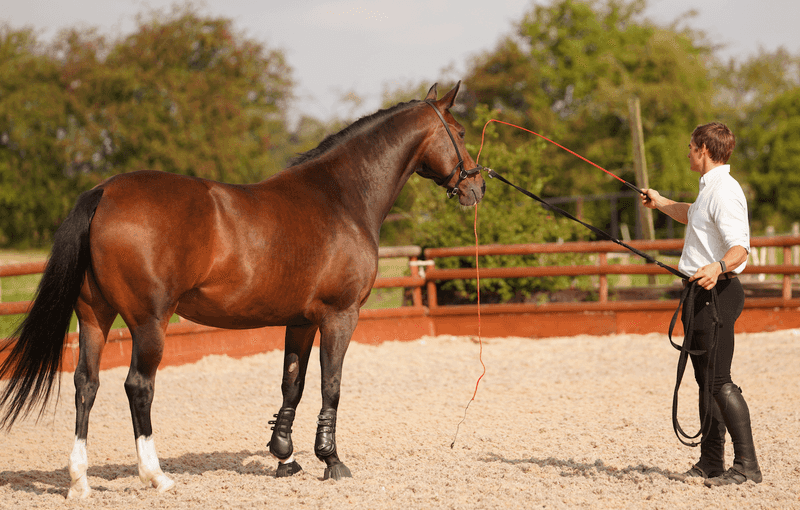
Not all meaningful horse-human connections require riding. Liberty work—where horses participate without restraint—showcases willing partnership rather than compliance.
Groundwork, trick training, and agility courses engage horses’ intelligence without physical burden. Many former riders report deeper relationships after shifting to non-riding activities. These approaches honor horses’ autonomy while maintaining the special bond between species that humans have always cherished.
13. Redefining Our Relationship With Horses

The ultimate question isn’t whether riding should continue, but whether our relationship with horses needs reimagining. Horses have carried humans throughout history, but perhaps our evolution requires reconsidering this arrangement.
Modern sanctuaries demonstrate horses thrive when allowed to live naturally with minimal human demands. Their dignity as sentient beings might best be honored through protection and care that asks little in return—a relationship based on respect rather than utility.

